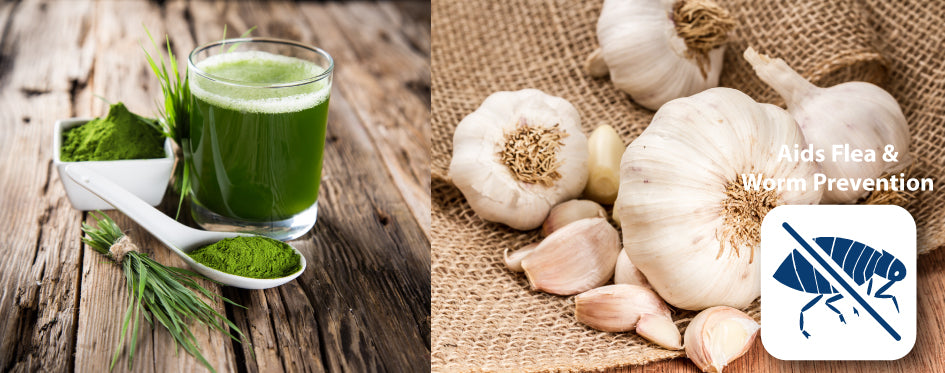Blog
The dreaded fleas and ticks

Prepare yourself, you'll need belt and braces!
Pet shops often tell us that one of the things they are asked about most often is fleas. 60% of fleas found on a dog are cat fleas, so the issue can be particularly acute if you have both animals in the house. Fleas can come into your home from other sources such as other animals outside, in the park or flea eggs can be walked into your house. Before you can begin to treat your dog for fleas it’s important to understand the life cycle of the flea.
A female flea can have hundreds of eggs before she dies – her life cycle is around 10 days and during that time she will have laid approximately 50 eggs per day. Eggs are laid on the animal and will drop off around the house. Once dropped, the egg will hatch and a larvae emerges. Larvae move to a quiet dark area in the house, often under skirting boards or furniture or in bedding where they feed on organic debris like dead skin cells or tapeworm eggs that may have dropped off your animal. They remain as larvae for approximately two days and once they find their hiding place, they form pupae with a hard, shellac shell in which they can live for nine months or more. The pupa will hatch when it feels warmth, vibration and carbon dioxide from an animal and once it hatches it will jump onto the pet, feed and breed. The problem then is that the animal will scratch at it, possibly kill it and then lick its paws and this is when a tapeworm is passed into the animal.
Getting rid of fleas is difficult, you have to break its life cycle by treating the whole house and washing everything you can at 60 degrees centigrade. It may sound strange, but if you put on music with lots of bass, turn on the heating and hoover to create vibration, you’re creating the perfect environment to encourage the pupae to hatch so that you can spray the room successfully with flea treatment. It’s also worth spraying your hoover.
So where does Healthy Paws come in to this story? A dog fed on Healthy Paws food is less likely to get fleas, because our recipe contains a unique combination of herbs and garlic which deter fleas from jumping from other dogs to yours as its skin will not be very tasty. You may have read that garlic is poisonous to dogs – that’s true if they eat 5 or 6 bulbs of it, but in the amounts we include in our food and the way we combine it with specific herbs, no harm is done to the dog, but fleas don’t like it, which makes it extremely advantageous!
The flea life cycle is hard to break and often owners feel that their flea treatment product is not working because they keep seeing fresh fleas appear. The fleas you see may well have been in pupa form for 9 months but as soon as they jump on the pet (so long as the flea treatment is up to date) they will die. Either way the flea you see today will not be the flea you see tomorrow, it will be a flea that has jumped onto the animal from the environment.

Flea treatments are carried by the lymphatic system and stored in the hair follicles, so the flea will be poisoned as soon as it jumps on to the animal. Unfortunately, it is important to remember that once you see one flea, there will be hundreds hiding in the environment, so for best results we recommend doing a thorough treatment of the house, keep your dog’s spot on flea treatment up to date and then feed your dog with Healthy Paws.
